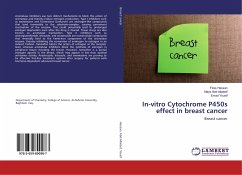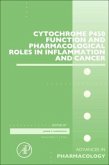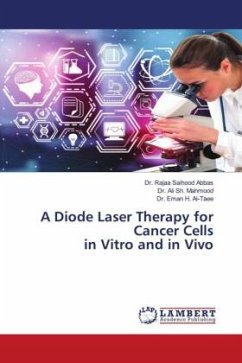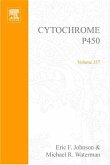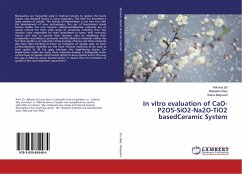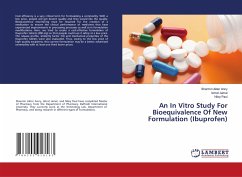Aromatase inhibitors use two distinct mechanisms to block the action of aromatase and thereby reduce estrogen production. Type I inhibitors such as exemestane and formestane (Lentaron) are androgen-like compounds that bind irreversibly to the substrate-complex, causing permanent inactivation of the enzyme. This could potentially lead to prolonged estrogen deprivation even after the drug is cleared. These drugs are also known as aromatase inactivators. Type II inhibitors such as aminoglutethimide, letrozole, and anastrozole are nonsteroidal compounds that reversibly bind to the heme-iron component of the aromatase enzyme, thereby inhibiting the conversion of androgen to estrogen in an indirect fashion. Tamoxifen blocks the action of estrogen at the receptor level, whereas aromatase inhibitors block the synthesis of estrogen in peripheral tissues including the breast. However, tamoxifen is a partial estrogen agonist in the breast, which may appear in less than optimal antitumor activity. Anastrozole, letrozole, and exemestane are proving to be effective first-line treatment options after surgery for patients with hormone-dependent advanced breast cancer.

